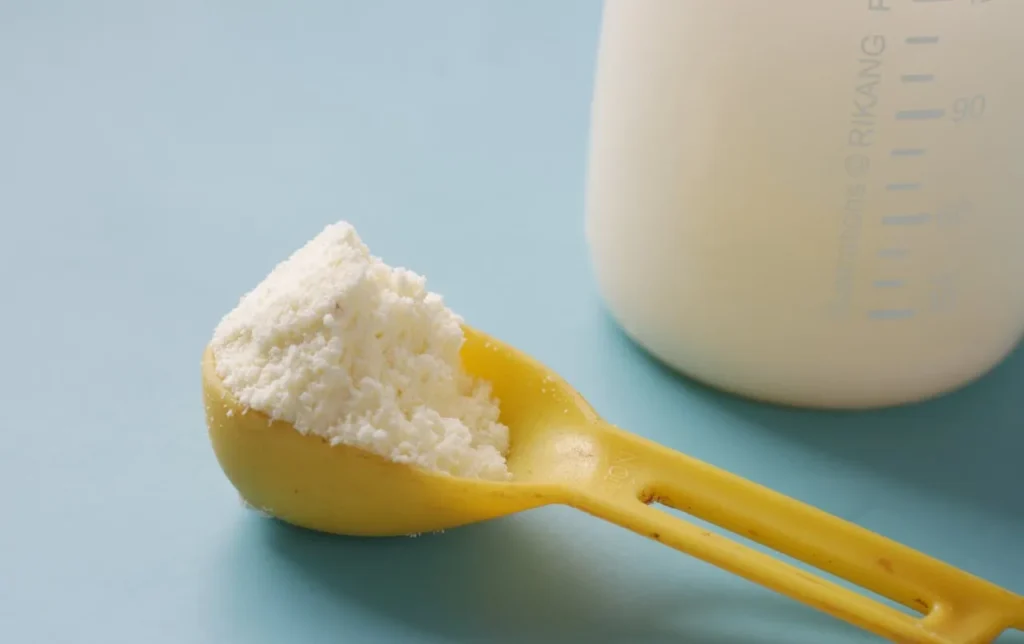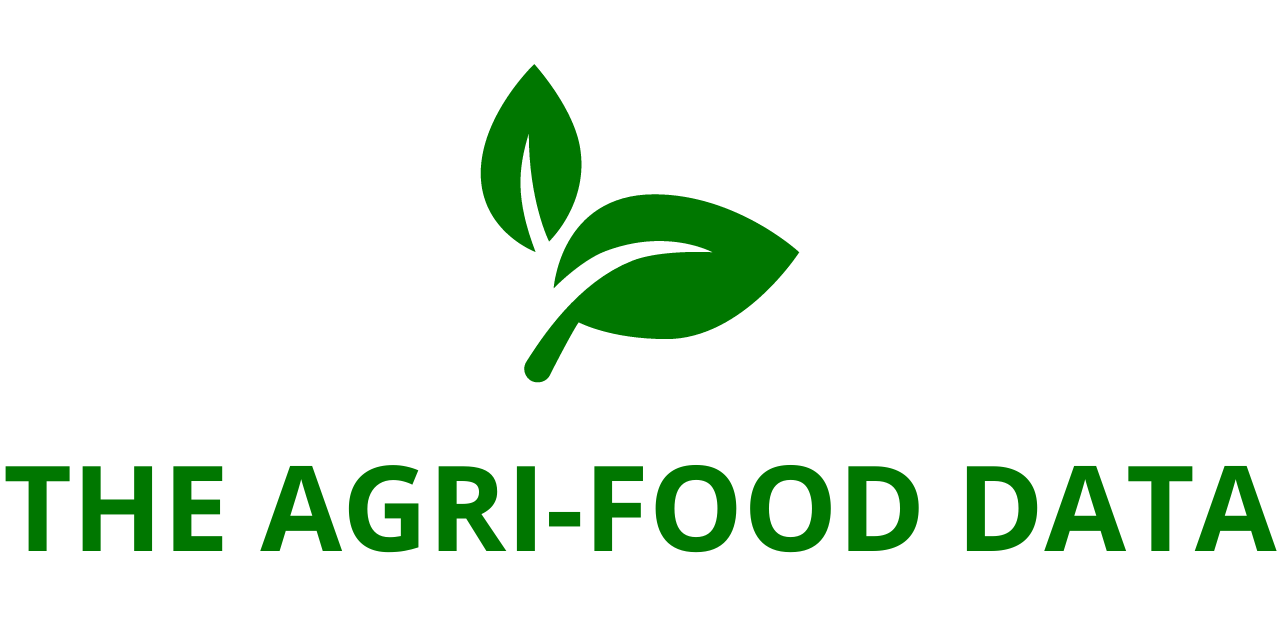
The latest addition to ResearchAndMarkets.com’s expansive portfolio, the “Asia-Pacific Milk Powder Market Size and Share Analysis – Growth Trends and Forecast Report 2025–2033,” highlights the rapid evolution of the region’s dairy sector. According to the report, the Asia-Pacific milk powder market is projected to grow from USD 11.54 billion in 2024 to an impressive USD 18.25 billion by 2033, registering a compound annual growth rate (CAGR) of 5.22% during the forecast period. This strong growth trajectory is being shaped by a convergence of macroeconomic factors, shifting consumer behaviors, and advancements in food processing and distribution.
Key Growth Drivers Reshaping the Market
1. Urbanization and Changing Lifestyles
One of the most significant forces propelling the milk powder market in Asia-Pacific is rapid urbanization. As millions migrate to urban centers across countries like India, China, Indonesia, and Vietnam, lifestyle patterns have shifted toward convenience and shelf-stable food solutions. Milk powder fits this urban lifestyle perfectly—it’s lightweight, easy to store, and doesn’t require refrigeration, making it ideal for fast-paced city life and compact living environments.
Urban consumers are increasingly looking for dairy options that are both nutritionally adequate and versatile. Milk powder meets this demand by serving as a core ingredient in everything from beverages and infant formula to confectionery and bakery products.
2. Health Consciousness and Nutritional Innovation
The rise in health awareness among consumers, particularly in markets such as China, South Korea, and Japan, is driving demand for fortified and organic milk powder products. These include formulations enriched with calcium, vitamins, probiotics, and minerals aimed at addressing specific nutritional needs—for infants, adults, and the elderly alike.
As demographic changes, such as an aging population in East Asia, become more pronounced, adult nutrition products derived from milk powder are gaining momentum. This has opened up new sub-segments in the market, such as dairy-based supplements for seniors with added benefits like bone health support, immunity boosting, and digestive wellness.
3. Rising Infant Population and Demand for Infant Formula
The increasing birth rates in populous nations like India and Indonesia, along with stable demand in China despite demographic fluctuations, continue to fuel consumption of infant formula—a major application of milk powder. Given its longer shelf life and nutritional stability, milk powder remains an essential component of infant nutrition products.
The Chinese government’s emphasis on improving maternal and child health, as reflected in its various public health policies, has also led to heightened demand for high-quality, imported milk powder. As a result, premium infant formula brands from New Zealand, Australia, and Europe continue to gain traction in urban Chinese households.
According to data from China’s National Bureau of Statistics (NBS), the country’s birth rate rose slightly in 2024 to 6.77 per 1,000 people. Even marginal upticks in population translate into large increases in demand across such high-density regions, keeping the demand for powdered milk robust.
4. Expanding E-Commerce and Retail Channels
The Asia-Pacific region has seen an explosive rise in e-commerce, with platforms such as Alibaba, JD.com, Amazon, Flipkart, and Shopee becoming essential channels for household grocery and dairy purchases. These platforms offer consumers the convenience of shopping from home while accessing a wide range of milk powder products, including premium and imported variants.

The ability to compare prices, read customer reviews, and avail discounts encourages repeat purchases. Simultaneously, modern brick-and-mortar retail formats—like supermarkets, hypermarkets, and specialty health stores—are increasing shelf space for dairy-based nutritional products, enhancing brand visibility and customer reach.
This dual expansion of e-commerce and organized retail is redefining milk powder distribution, particularly in markets where traditional kirana stores or mom-and-pop shops previously dominated. The rise of omni-channel retail strategies ensures greater penetration of milk powder into both metropolitan and rural regions.
Market Challenges Hindering Growth Momentum
1. Volatility in Raw Material Prices
One of the primary challenges impacting the milk powder market in Asia-Pacific is the volatility of raw milk prices. Raw milk production is highly dependent on a range of unpredictable factors, including feed costs, weather conditions, labor shortages, and disease outbreaks affecting dairy herds.
Any increase in raw milk prices inevitably raises the cost of producing milk powder, squeezing margins for manufacturers. This price volatility also creates challenges for long-term contracts, export-import activities, and financial forecasting for both large-scale producers and small dairy cooperatives.
2. Intensifying Competitive Landscape
The Asia-Pacific milk powder market is becoming increasingly saturated with local and international players battling for consumer loyalty. In China alone, hundreds of brands are vying for shelf space, many offering similar nutritional claims or price points. This has triggered frequent price wars, narrowing profit margins across the board.
Smaller companies often struggle to compete with multinational brands that possess significant marketing budgets, superior R&D capabilities, and established supply chains. For new entrants, differentiation is increasingly dependent on innovation—whether through sustainable sourcing, enhanced nutritional benefits, or novel product forms like single-serve sachets or RTD (ready-to-drink) mixes.
3. Concerns Over Allergies and Intolerances
While milk powder is generally well tolerated, a growing segment of consumers in Asia-Pacific is becoming more vocal about lactose intolerance, dairy allergies, and ethical dietary choices like veganism. In countries such as Thailand, Malaysia, and Singapore, plant-based alternatives like soy, almond, and oat milk powders are gaining popularity. This shift in consumer preference presents a risk to traditional dairy-based milk powder manufacturers unless they diversify their offerings.






